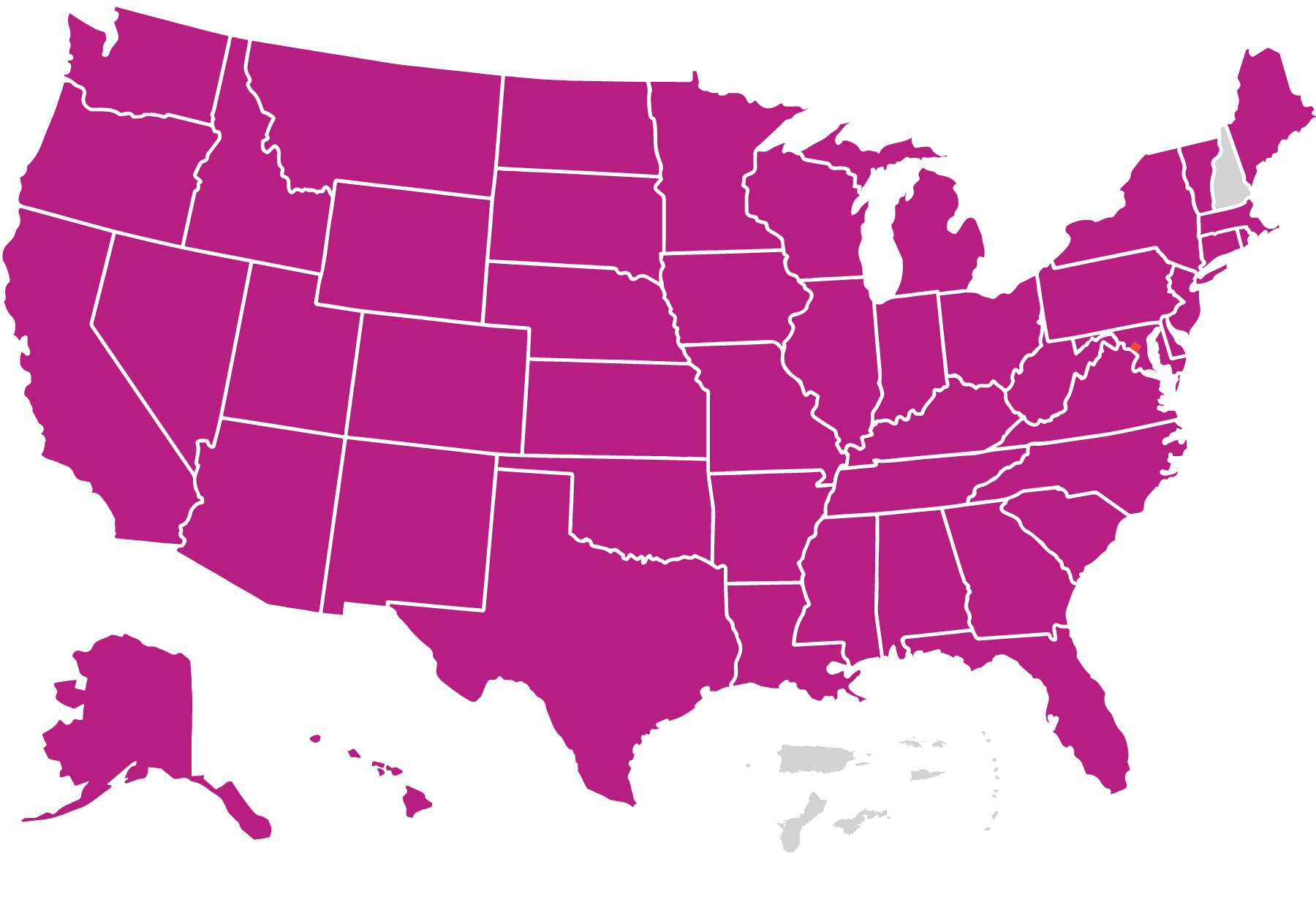Parents as Teachers
PAT aims to increase parent knowledge of early childhood development, improve parenting practices, provide early detection of developmental delays and health issues, increase children’s school readiness and school success, and prevent child abuse and neglect. The four components of the model (home visits, group connections, child screenings, and resource network) all focus on parent-child interaction, development-centered parenting, and family well-being. See www.parentsasteachers.org for details.
What is the model’s approach to providing home visiting services?
Home visits take place based on a family’s level of need. Families with one or fewer high-needs characteristics receive at least 12 visits each year. Those with two or more characteristics receive at least 24 visits each year. Programs are designed to deliver services for at least 2 years. Families may enroll at any age through kindergarten, but PAT recommends families initiate services prenatally.
PAT serves all families with young children. Some local programs have specific eligibility requirements.
Who is implementing the model?
Home Visitors
PAT was implemented by 4,628 home visitors in 2018. Most home visitors (72 percent) have a bachelor’s degree or higher. The model requires a high school diploma or GED plus 2 years of experience working with young children and/or parents for home visitors. Home visitors typically maintain a caseload of 15 to 22 families, depending on the families’ level of need.
Supervisors
PAT was implemented by 761.4 full-time equivalent supervisors in 2018. The model recommends a bachelor’s or master’s degree and 5 years of experience working with young children and families for supervisors.
Where is the model implemented?
PAT operated in 987 local agencies across 49 states and the District of Columbia in 2018. PAT also operated outside the United States and its territories in Canada, Germany, Switzerland, and the United Kingdom in 2018.

Families Served Through Evidence-Based Home Visiting in 2018
Race
6% American Indian/Alaska Native
3% Asian
18% Black
<1% Native Hawaiian/Pacific Islander
63% White
7% Multiple
3% Other
Ethnicity
29% Hispanic or Latino
71% Not Hispanic or Latino
Caregiver education
23% No HS diploma
77% HS diploma or higher
Caregiver age
9% ≤ 21 years
Household income
65% Low-income status
Child age
18% < 1 year
45% 1-2 years
37% 3-6 years
Languages spoken at home
74% English
21% Spanish
5% Other
Child insurance status
2% None
